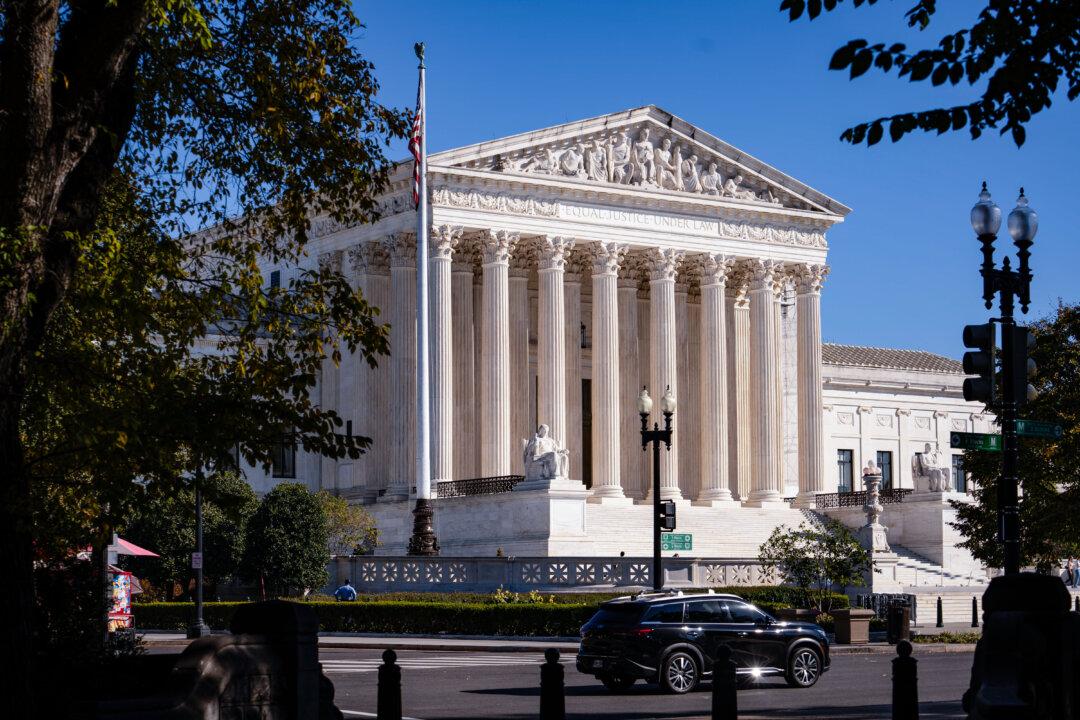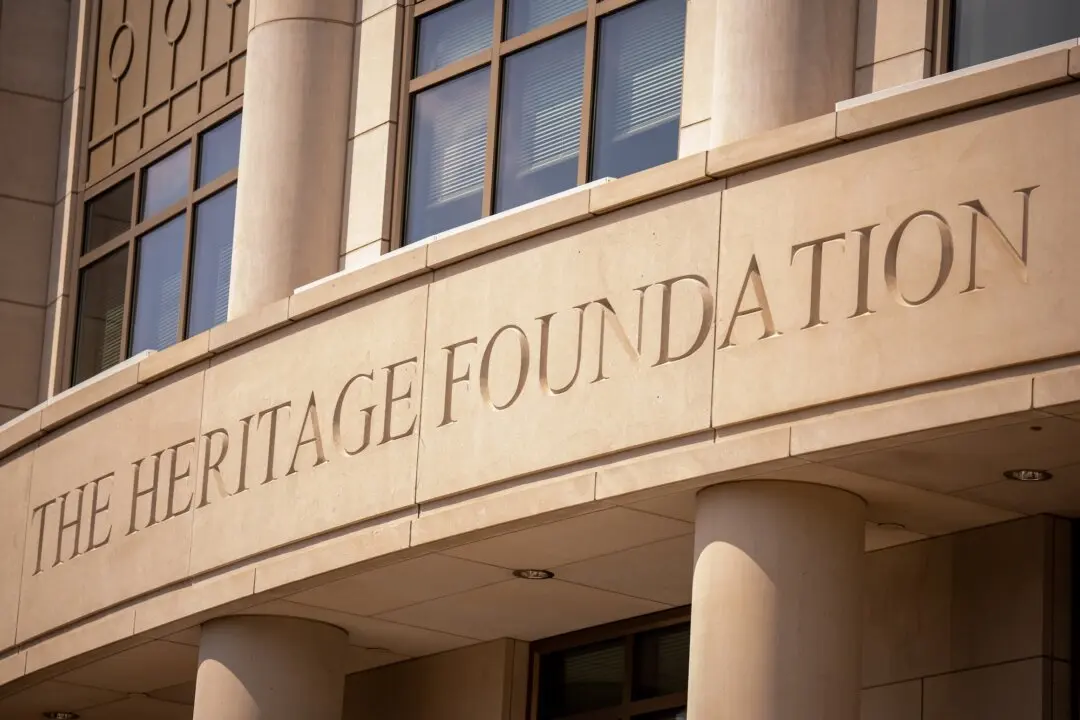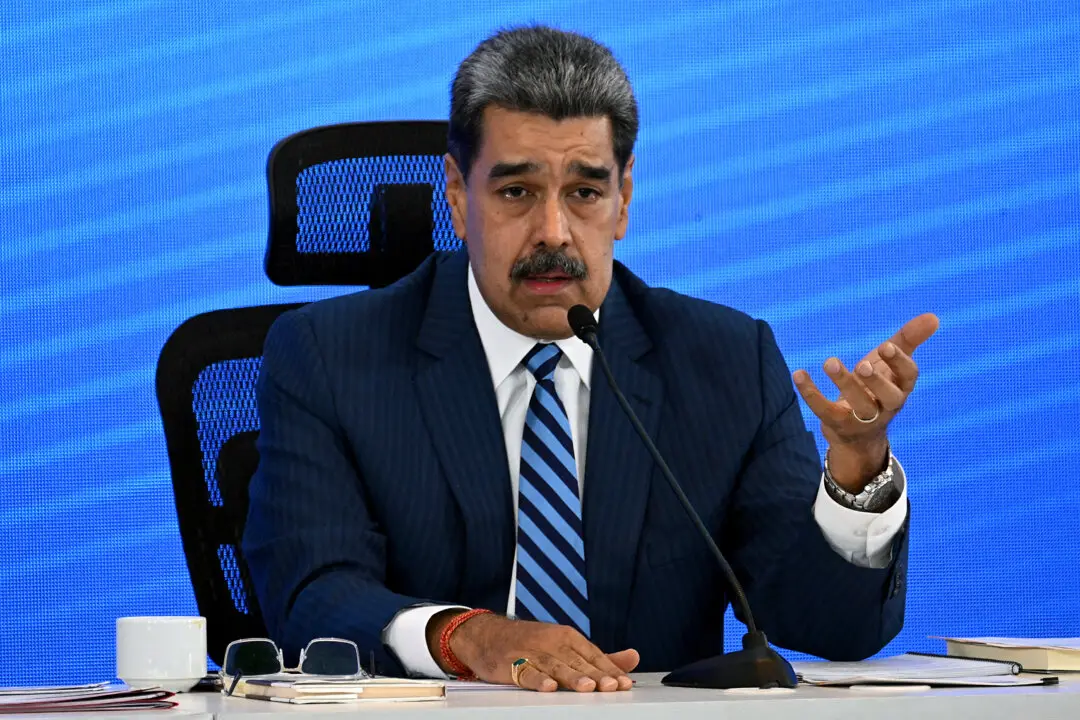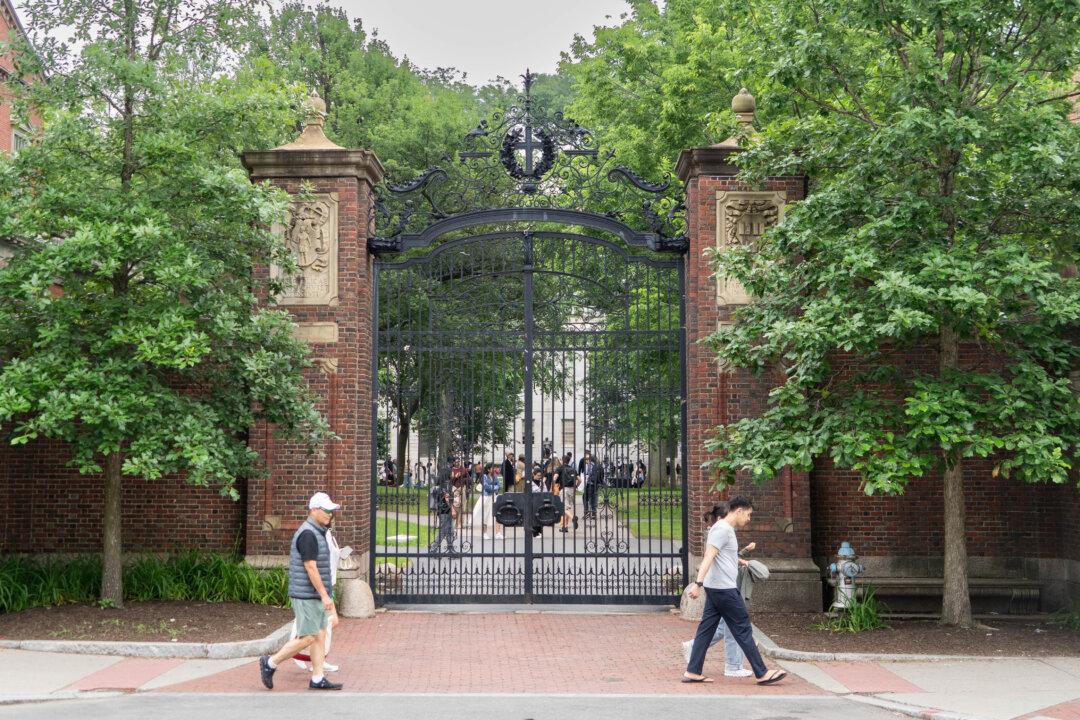On paper, voters will be casting their ballots on Nov. 5 for just one presidential candidate and a handful of other candidates for federal office. Their choices, however, will ultimately bear on dozens of other powerful officials who aren’t on the ballot but can nonetheless determine the future course of the country.
Upon assuming the presidency next January, Vice President Kamala Harris or former President Donald Trump will receive the power to nominate these individuals who could nevertheless rule against the policies they seek to implement.





